Optical sensors are quickly becoming an invaluable tool in the modern agricultural industry. By providing farmers with accurate and reliable data on various factors that influence crop growth, these sensors can help them optimize their operations and ensure their crops are as productive as possible.
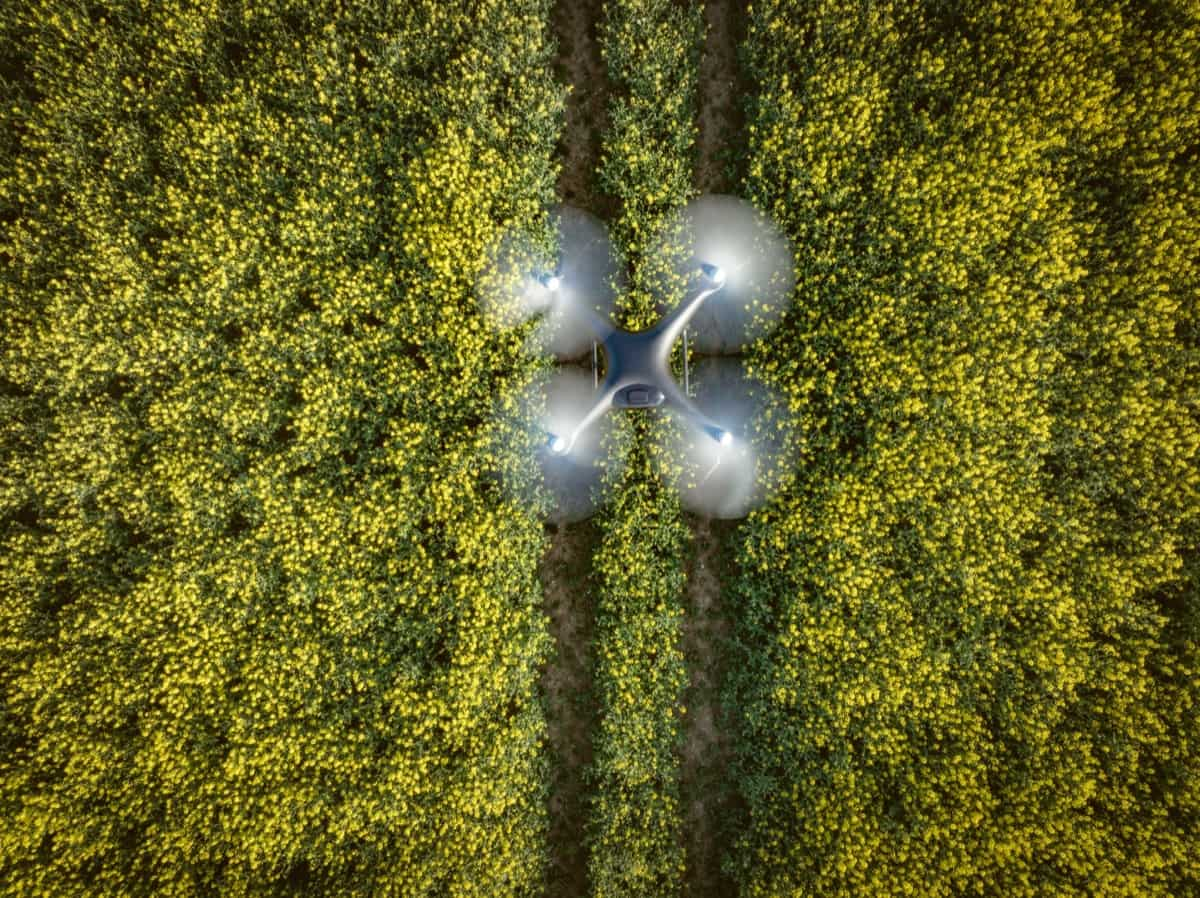
Importance of Optical Sensors in Agriculture
What are Optical Sensors?
Optical sensors are devices that use visible light or infrared radiation to detect the presence of an object. Optical sensors have several advantages over traditional sensor technologies. They are more sensitive and can be used in various environments. Additionally, optical sensors can be miniaturized, allowing them to be used in various portable applications.
What is the Working Principle of Optical Sensors in Agriculture?
An optical sensor’s working principle is based on light’s absorption or reflection. When light hits an object, some are absorbed, and some are reflected. The amount of reflected light depends on the surface properties of the object. By measuring the intensity of the reflected light, an optical sensor can determine the presence or absence of an object. The working principle of optical sensors in agriculture is to measure the amount of light reflected off the leaves of plants.
The more light that is reflected, the plant is healthier. Optical sensors can also measure the amount of water in the soil. Optical sensors are used in various agricultural applications to measure various physical and chemical parameters of plants, soils, and water. The most common type of optical sensor used in agriculture is the photodiode. Photodiodes are small, inexpensive, and easy to use.
They can be used to measure light intensity, color, and temperature. Other optical sensors used in agriculture include infrared, ultraviolet, and hyperspectral sensors. Infrared sensors can measure soil moisture content, plant water stress, and crop yield. Ultraviolet sensors can be used to detect pests and diseases in crops. Hyperspectral sensors can identify weeds, assess crop health, and monitor environmental conditions.
Advantages of Optical Sensors in Agriculture
- They can measure various environmental parameters, including temperature, humidity, rainfall, and soil moisture.
- They can monitor plant growth, water use, and stress levels.
- They can be used to detect crop pests and diseases.
- Optical sensors are more accurate and precise, providing farmers with real-time data that can be used to make informed decisions about crop management.
- Additionally, optical sensors are less expensive to maintain and operate, making them a more sustainable option for long-term use.
- Optical sensors can be used in various applications, from monitoring soil moisture levels to detecting pests and diseases in crops.
- They can be used to map crops and track yield data.
- They can measure the number of plants that receives light, which is important for photosynthesis and growth.
- They can be used to map crops using remote sensing techniques.
- They can be used to monitor soil moisture content, which is important for irrigation scheduling.
- They can be used to monitor crop yields in real time, which is important for farmers and agronomists alike.
- They can be used to assess crop health and vigor, which is important for the early detection of problems.
- They can be used in automated systems for precision agriculture applications such as variable rate application of fertilizers and pesticides.
- They offer a non-invasive way to collect data about crops and their environment without disturbing the natural ecosystem too much.
- Optical sensors are relatively low-cost and easy to operate.
In case you missed it: Importance of Soil Moisture Sensors in Agriculture: Advantages and Working Principle
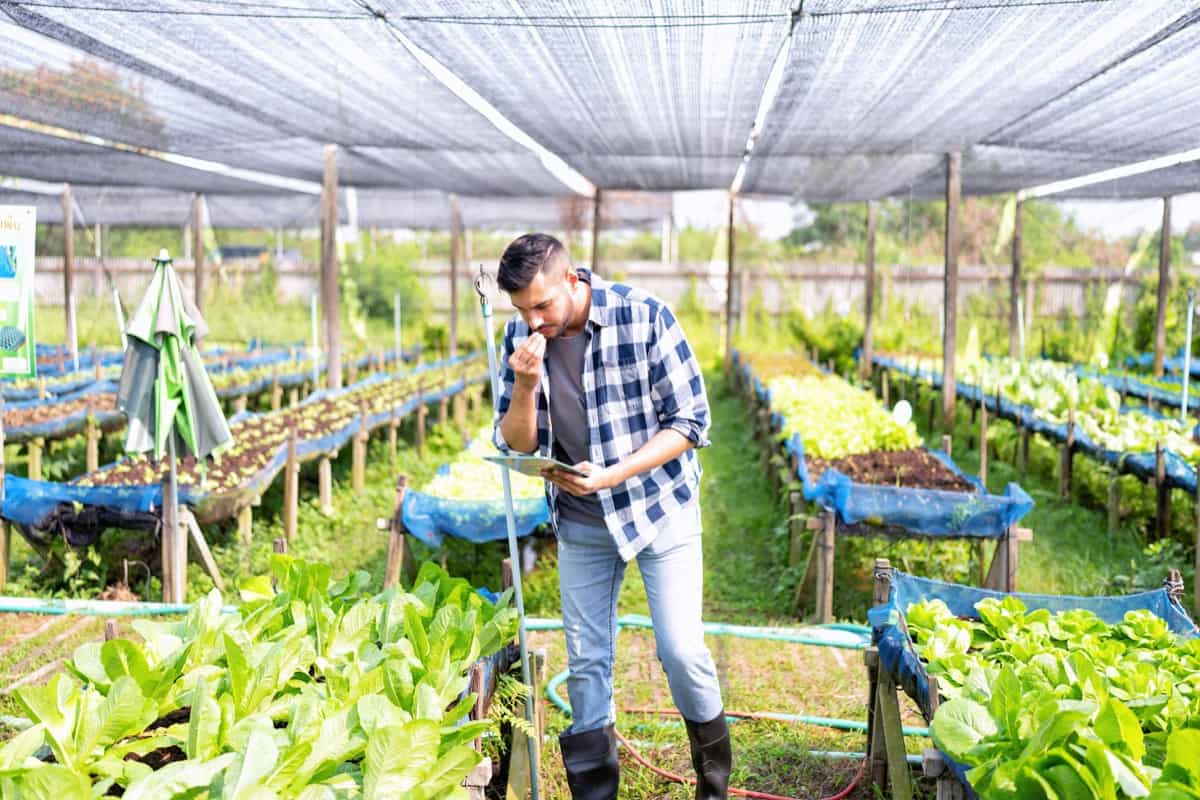
The Future of Optical Sensors in Agriculture
The future of optical sensors in agriculture looks very promising. With the advances in technology, these sensors are becoming more and more accurate and reliable. They are also becoming more affordable, making them a more viable option for farmers. There are many potential applications for optical sensors in agriculture. These sensors could monitor crop health, soil moisture levels, and climate conditions.
They could also automatically control irrigation systems and other agricultural machinery. Optical sensors have various agriculture applications, from crop health to soil moisture levels. Optical sensors can detect early signs of crop stress, diagnose plant diseases, and assess irrigation needs. They can also measure evapotranspiration, monitor water use efficiency, and track crop yield.
In addition, optical sensors can be used to map field topography and measure soil properties. Optical sensors use light to detect the presence of an object or measure a physical quantity. They can be used to detect objects, measure distance, and determine the shape of an object. Optical sensors are used in a variety of applications, including agricultural systems.
General Guidelines for Using Optical Sensors
1. Determine the type of sensor that will best suit your needs – There are many optical crop sensors on the market. Research to determine which type of sensor will best suit your particular needs.
2. Mount the sensor on a stable platform – Most optical crop sensors must be mounted on a stable platform to function properly. This could be a tripod, a mast, or even a drone. Make sure that the platform is level and steady before proceeding.
3. Set up the sensor according to the manufacturer’s instructions – Once you have determined the best location for the sensor, follow the manufacturer’s instructions for setting it up correctly. This usually involves calibrating the sensor and inputting basic information about your field conditions.
4. Collect data regularly and monitor for changes – Depending on your needs, you may want to collect data from your sensor daily or only when certain conditions change (such as temperature or rainfall). Regularly monitoring your data will help you spot trends and potential problems early on.
In case you missed it: List of Agricultural Sensing and Monitoring Devices
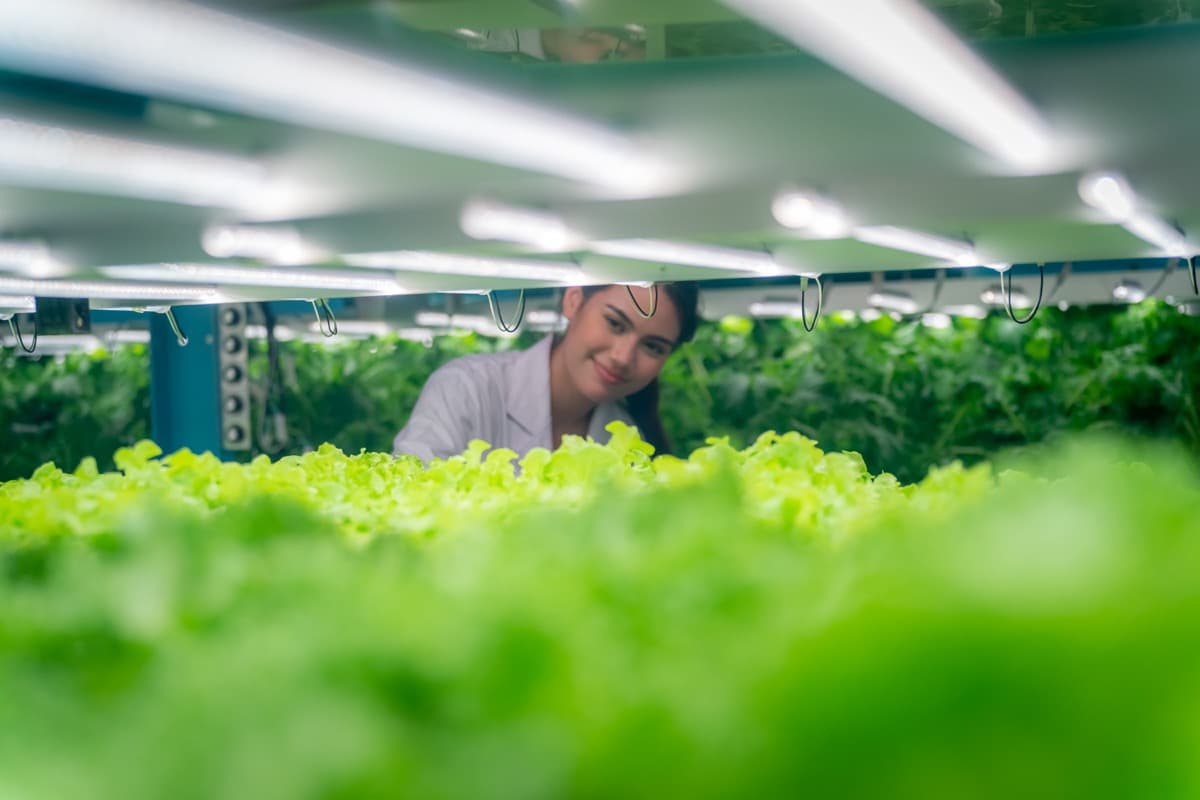
How do Agriculture Optical Sensors Help Small Scale Farmers?
Agricultural optical sensors detect and measure the presence of various constituents in plants, soils, and water. They are also used to monitor plant growth, stress, and disease. Optical sensors offer many advantages over traditional analysis methods, including speed, accuracy, and portability.
Applying optical sensors in crops has revolutionized how farmers manage their plants. By monitoring various plant characteristics such as leaf color, temperature, and water content, farmers can optimize irrigation and nutrient management strategies to improve crop yields.
What is the Importance of Optical Sensor Technology in Agriculture?
In agriculture, optical sensors are used to detect and measure the presence of various materials in the field. The most common use for optical sensors is to detect the presence of water in the soil. The sensor can determine how much water is present by measuring the light reflected off the soil. Optical sensors can also be used to measure the amount of sunlight that is reaching a particular area.
This information can be used to determine whether or not crops are getting enough light. In some cases, optical sensors can automatically adjust irrigation systems, so plants get the right amount of water. There are many other uses for optical sensor technology in agriculture. For example, optical sensors can detect crop pests and diseases. By monitoring the reflectance of light from leaves, the sensors can identify when something is wrong with a plant.
This information can then be used to take corrective action, such as applying pesticides or changing the watering schedule. Overall, optical sensor technology provides a lot of benefits for agriculture. By helping farmers to monitor their crops and soil more accurately, they can improve yields and reduce wastage. Additionally, by automating some tasks, such as irrigation, they can free up time for farmers so that they can focus on other aspects of their business.
Optical Sensors for Pest and Disease Control in Crops
Various optical sensors can be applied for pest and disease control in crops. Optical sensors can detect the presence of pests or diseases and monitor the severity of infestations or infections. Optical sensors can also be used to track the movements of pests within a field, helping to identify areas where they are most active. A remote sensing system is one optical sensor often used for pest and disease control.
This type of system uses visible or near-infrared light to image the surface of a field from a distance. By analyzing the images taken by the remote sensing system, it is possible to detect changes in crop health over time. This information can be used to identify areas of a field where crops are most at risk from pests or diseases.
In case you missed it: A Guide to Understand Importance of Drones in Agriculture/Farming: Advantages, Applications, and Different Types
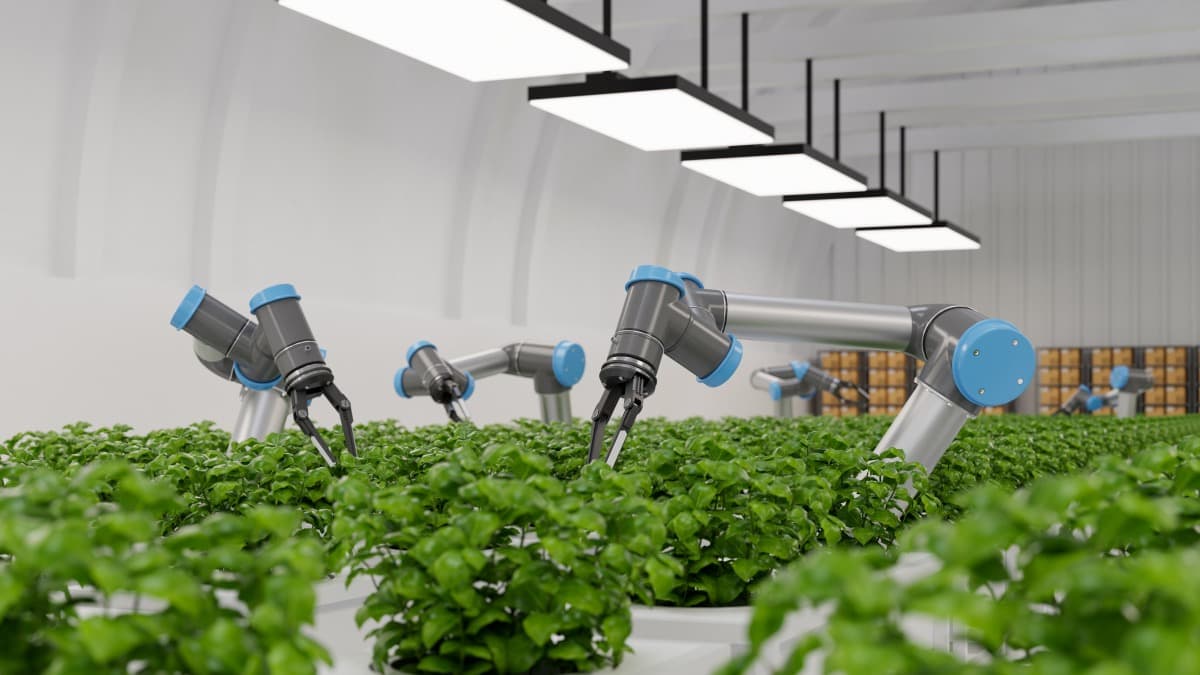
Another type of optical sensor that can be used for pest and disease control is an ultraviolet sensor. This sensor can be used to detect the presence of certain types of fungi that cause crop diseases. The UV sensor can also be used to monitor the level of fungal spores in the air, which can help farmers to take steps to prevent the spread of diseases.
Optical sensors offer many advantages for pest and disease control in crops. They can provide detailed information about infestations and infections, which can help farmers make informed decisions about managing these problems. Optical sensors are also generally more cost-effective than other types of sensing systems.
Improving Soil Management with Agricultural Optical Sensors
It is estimated that over 70% of the world’s food is grown in soils, making soil one of the most important resources on the planet. Therefore, it is essential to manage soils responsibly to maintain their productivity. Agricultural optical sensors can play a key role in improving soil management by providing real-time data on soil moisture content, temperature, and other important parameters.
Optical sensors are non-invasive and can be deployed quickly and easily, making them ideal for large agricultural fields. The data they provide can be used to optimize irrigation schedules, fertilizer application, and other aspects of crop production. In addition, optical sensors can be used to monitor soil carbon levels, which is important for climate change mitigation and adaptation.
In case you missed it: How to Unlock Key Technologies to Improve Food Security: Reduce Pesticide Use and Enhance Crop Climate-Resilience
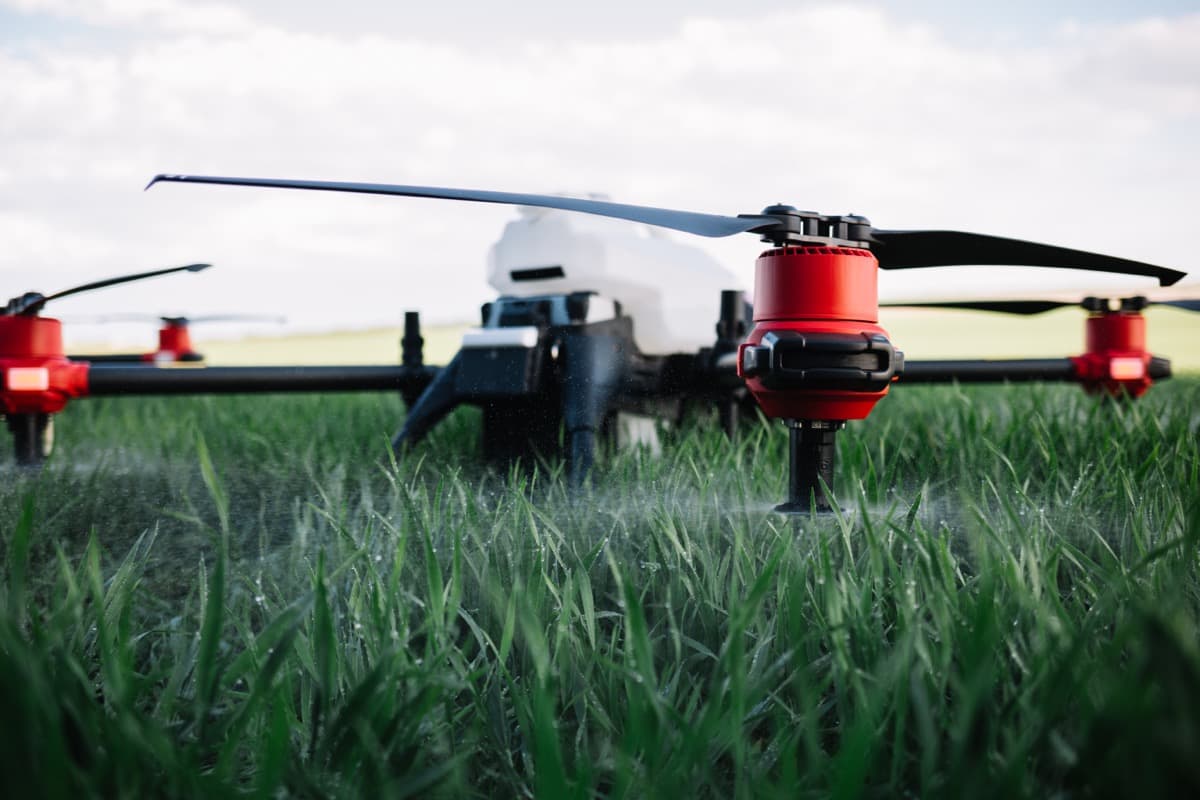
Optical sensors in agriculture are still relatively new, but several companies already offer products and services based on this technology. There is great potential for further development in this area, which could significantly improve the efficiency and sustainability of agricultural production systems.
Optical sensors in agriculture can improve soil management by providing real-time information on soil moisture content. This can be used to optimize irrigation systems and reduce water usage. Optical sensors can also measure soil properties such as temperature, salinity, and pH.
Things To Consider to Start Optical Sensors in Agriculture Systems
- The first thing is the type of sensor you need. There are many different types of optical sensors. It’s important to choose the right sensor for your specific needs.
- Another thing to consider is the power source for your sensors. Smart sensors can be powered by batteries, solar panels, or even the power from the irrigation system itself. Again, choosing the right power source for your specific needs is important.
- Finally, you’ll need to decide how to collect data from your sensors. There are different ways to do this, including wireless data collection, ethernet data collection, and USB data collection. Choose the method that’s right for your specific needs.
Typical Procedure for Using Optical Crop Sensors
The sensor must be calibrated to the specific crop being monitored. This can be done by taking measurements of the crop canopy at different times of day and under different environmental conditions. Once the sensor is calibrated, it can be used to measure the amount of light that is reaching the crop canopy.
This information can then determine how much water and fertilizer the crop needs and when to harvest the crop. Optical sensors can also be used to monitor pest infestations and diseases. Monitoring the reflectance of light from the leaves makes detecting early signs of problems possible so that corrective action can be taken.
In case you missed it: Key Rules to Increase Female and Male Flowers in Cucumbers
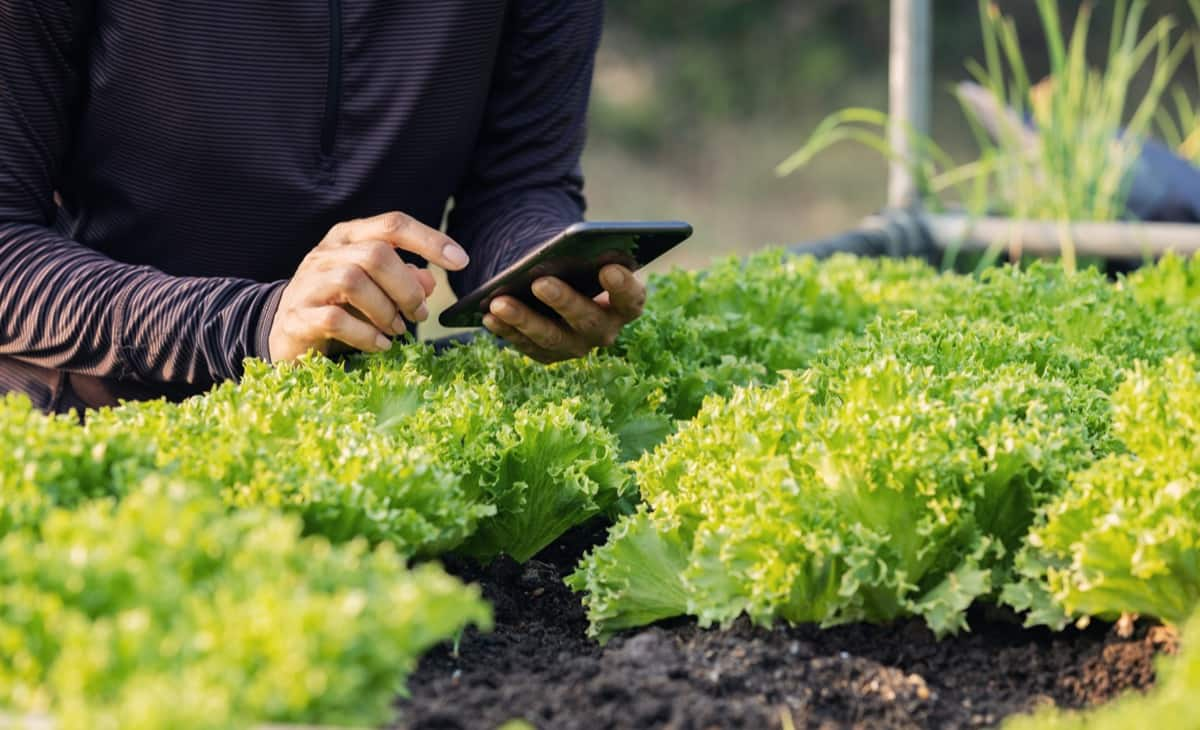
Conclusion
Optical sensors are used in various applications, including security, automotive, and industrial systems. They are non-destructive, can be used to measure various plant parameters, and can be deployed over large areas. Additionally, optical sensors can provide real-time data that can be used to make decisions about irrigation, fertilization, and pest management.
- Economical Aquaculture: A Guide to Low-Budget Fish Farming
- 15 Common Planting Errors That Can Doom Your Fruit Trees
- How to Make Houseplants Bushy: Effective Tips and Ideas
- Innovative Strategies for Boosting Coconut Pollination and Yield
- Pollination Strategies for Maximum Pumpkin Yield
- The Complete Guide to Chicken Fattening: Strategies for Maximum Growth
- Natural Solutions for Tulip Problems: 100% Effective Remedies for Leaf and Bulb-Related Issues
- Revolutionizing Citrus Preservation: Towards a Healthier, Greener Future
- Natural Solutions for Peony Leaf and Flower Problems: 100% Effective Remedies
- Maximizing Profits with Avocado Contract Farming in India: A Comprehensive Guide
- Natural Solutions for Hydrangea Problems: 100% Effective Remedies for Leaf and Flowers
- The Ultimate Guide to Choosing the Perfect Foliage Friend: Bringing Life Indoors
- From Sunlight to Sustainability: 15 Ways to Use Solar Technology in Agriculture
- The Ultimate Guide to Dong Tao Chicken: Exploring from History to Raising
- The Eco-Friendly Makeover: How to Convert Your Unused Swimming Pool into a Fish Pond
- Mastering the Art of Delaware Chicken Farming: Essentials for Healthy Backyard Flocks
- 20 Best Homemade Fertilizers for Money Plant: DIY Recipes and Application Methods
- How to Craft a Comprehensive Free-Range Chicken Farming Business Plan
- Brighten Your Flock: Raising Easter Egger Chickens for Beauty and Bounty
- How to Optimize Your Poultry Egg Farm Business Plan with These Strategies
- Subsidy for Spirulina Cultivation: How Indian Government Schemes Encouraging Spirulina Farmers
- Ultimate Guide to Raising Dominique Chickens: Breeding, Feeding, Egg-Production, and Care
- Mastering the Art of Raising Jersey Giant Chickens: Care, Feeding, and More
- Ultimate Guide to Raising Legbar Chickens: Breeding, Farming Practices, Diet, Egg-Production
- How to Raise Welsummer Chickens: A Comprehensive Guide for Beginners
- How to Protect Indoor Plants in Winter: A Comprehensive Guide
- Ultimate Guide to Grow Bag Gardening: Tips, Tricks, and Planting Ideas for Urban Gardeners
- Guide to Lotus Cultivation: How to Propagate, Plant, Grow, Care, Cost, and Profit
- Agriculture Drone Subsidy Scheme: Government Kisan Subsidy, License, and How to Apply Online
- Ultimate Guide to Raising Araucana Chickens: Breed Profile, Farming Economics, Diet, and Care
- Bringing Hydroponics to Classroom: Importance, Benefits of Learning for School Students
- Ultimate Guide to Raising Polish Chickens: Breed Profile, Farming Economics, Diet, and Care
- Ultimate Guide to Raising Australorp Chickens: Profile, Farming Economics, Egg Production, Diet, and Care
- Silkie Chicken Farming: Raising Practices, Varieties, Egg Production, Diet, and Care
- Sussex Chicken Farming: Raising Practices, Varieties, Egg Production, Diet and Care
- Homemade Feed Formulations for Livestock: Discover Cost-effective Starter to Finisher Feed Recipes